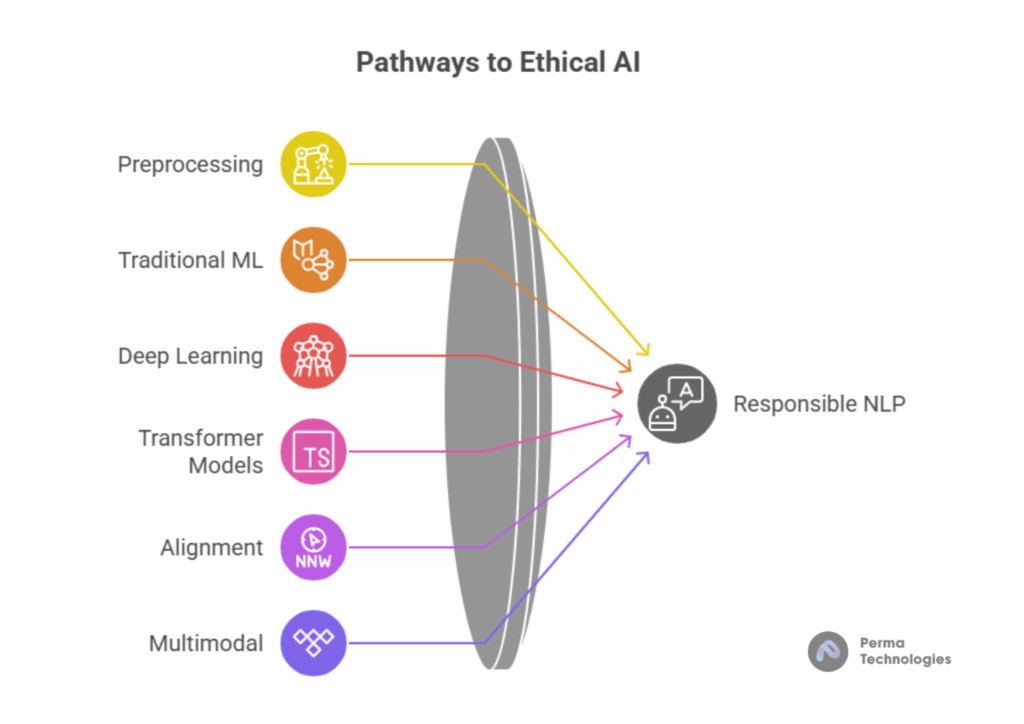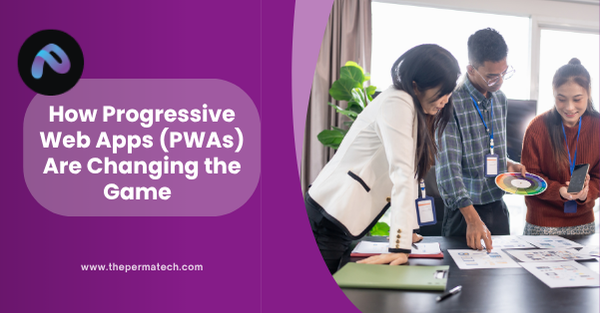In today’s hyper digital economy, your website is often the first impression of your brand. Whether you’re a local business, an eCommerce platform or a content powerhouse, web performance directly impacts user experience, conversion rates and ultimately revenue. Three pillars dominate this landscape: Speed, Security and SEO. This trifecta is no longer optional; it’s essential for competitive survival.In this in depth guide, we’ll explore how each of these areas interlink, the latest performance benchmarks, and actionable strategies to master all three.
1. Why Web Performance Matters More Than Ever
Real Time Data: Page Speed’s Impact on Bounce Rates
According to Google’s latest benchmarks, the probability of a user bouncing increases by 32% as page load time goes from 1 to 3 seconds, and by 90% when it goes from 1 to 5 seconds.
Meanwhile, Akamai’s 2024 State of the Internet report found that:
- 53% of mobile users abandon sites that take longer than 3 seconds to load.
- A 100 millisecond delay in website load time can reduce conversion rates by 7%.
Performance isn’t just a developer issue anymore, it’s a business issue.
2. Speed: The Core of Conversion
Why Speed is Non Negotiable
Fast websites improve:
- User Experience – Smooth navigation encourages deeper browsing.
- Search Rankings – Google uses Core Web Vitals as a ranking factor.
- Revenue – More speed = more conversions.
Google’s Core Web Vitals (2025 Focus)
| Metric | Good Threshold |
| Largest Contentful Paint (LCP) | < 2.5s |
| First Input Delay (FID) | < 100ms |
| Cumulative Layout Shift (CLS) | < 0.1 |
Tools to Analyze Speed
- Google PageSpeed Insights
- Lighthouse (Chrome DevTools)
- WebPageTest.org
- GTmetrix
Speed Optimization Tips
- Enable HTTP/2 or HTTP/3 for faster connections.
- Use CDNs like Cloudflare or Akamai to serve global users.
- Implement lazy loading for offscreen images.
- Compress assets (e.g., images, CSS, JS) using GZIP or Brotli.
- Move to serverless or edge computing for low-latency delivery.
3. Security: The Trust Multiplier
HTTPS Is Not Optional
Google Chrome marks non HTTPS websites as “Not Secure”. As of 2025, over 97% of web traffic in North America is encrypted, and that number continues to grow.
Data Breach Statistics (2025)
- The average cost of a data breach: $4.45 million (IBM Security Report)
- 43% of cyberattacks target small businesses.
- Websites with known vulnerabilities saw a 70% drop in organic traffic post breach.
Key Security Practices
- Use an SSL/TLS certificate (free via Let’s Encrypt or paid).
- Set up WAF (Web Application Firewalls) to mitigate DDoS and SQL injection.
- Regularly apply security patches and CMS/plugin updates.
- Implement Content Security Policy (CSP) to block malicious scripts.
- Use HTTP Security Headers like Strict Transport Security and X Frame Options.
Security’s Impact on SEO & UX
Google has confirmed HTTPS as a ranking signal. Moreover, if users are warned about unsafe sites, trust and engagement plummet.

4. SEO: The Organic Visibility Engine
Real Time SEO Impact Metrics
- Google traffic accounts for over 60% of all website visits.
- Top 3 positions in Google receive 68% of all clicks.
- Page speed is one of over 200 SEO ranking factors.
SEO and Web Performance: The Interdependence
How Speed Affects SEO
- Core Web Vitals are direct ranking signals.
- Crawlers may index fewer pages on slow sites.
How Security Affects SEO
- Google deprioritizes or warns users against insecure sites.
- Spam or hacked content causes immediate deindexing.
Other Performance Linked SEO Factors
- Mobile responsiveness
- Accessibility (WCAG standards)
- Crawlability (robots.txt, sitemap.xml)
SEO Optimization Tips
- Use semantic HTML tags and structured schema markup.
- Prioritize mobile first design.
- Optimize for visual stability (CLS) and interactivity (FID).
- Clean up unnecessary URL parameters and redirects.
Keep the Time to First Byte (TTFB) under 500ms.
5. The Triple Threat in Action: Case Studies
Case Study 1: Shopify Store Conversion Boost
- Problem: Load time of 5.6s, high bounce rate (65%)
- Actions:
- Image compression & lazy loading
- Cloudflare CDN setup
- Migrated to HTTPS
- Results:
- Load time: 5.6s → 2.1s
- Bounce rate: 65% → 40%
- Monthly sales: ↑23%
Case Study 2: SaaS Startup SEO Climb
- Problem: Good UX, but poor rankings and drop in organic traffic
- Actions:
- Implemented SSL
- Fixed broken internal links
- Optimized LCP and FID
- Results:
- 3 keywords ranked from page 3 to top 5
- 120% increase in organic sessions
- 34% more product signups
6. Pretrained Language Models (PLMs)
Pretraining + fine-tuning is now the dominant paradigm.
BERT (Bidirectional Encoder Representations from Transformers)
- Uses masked language modeling to understand context
- Best for: classification, NER, Q&A tasks
GPT (Generative Pre trained Transformer)
- Unidirectional model
- Best for: text generation, dialogue, summarization
RoBERTa, XLNet, ALBERT
- Variants of BERT optimized for speed, memory, or permutation based learning
Fine tuning Impact: A fine tuned domain specific BERT model can outperform general models by 20–30% on specific benchmarks (e.g., LegalBERT for legal text, BioBERT for biomedical Natural Language Processing).
7. Reinforcement Learning with Human Feedback (RLHF)
Why it Matters
- Models like ChatGPT use RLHF to align outputs with human values.
- RLHF refines generative responses beyond pure likelihood prediction.
Case Study: OpenAI’s RLHF training pipeline reduced toxic output in ChatGPT by 88%, according to an internal audit in late 2023.
8. Prompt Engineering and Few Shot Learning
In 2023–2024, prompt design became as important as architecture.
Few shot and zero shot learning
- As a result, models are able to perform tasks with little or no task-specific training.
- GPT-4 and Gemini models can follow natural instructions without fine tuning
Chain of Thought (CoT) Prompting
- Enhances reasoning by encouraging models to “think aloud”
Effectiveness: CoT prompting improves reasoning accuracy in math and logic tasks by 30–40% in large models like PaLM and Gemini (Google Research, 2024).
9. Multimodal NLP and Vision Language Models
The next evolution in Natural Language Processing, moreover, involves multimodal understanding by combining text, image, audio, and video.
Algorithms: Flamingo, Gemini, GPT-4-Vision
- These use cross attention between modalities
- Enable use cases like:
- Visual question answering
- Image captioning
- Text from scanned documents
2025 Use Case: Gemini 1.5 can summarize a scientific paper and explain its figures in natural language with 92% accuracy, according to Google DeepMind’s latest benchmark (Vision Language Reasoning Tasks 2025).
10. Ethical and Responsible NLP Algorithms
Bias Detection Algorithms
- To begin with, use adversarial testing to detect potential bias in sentiment analysis; furthermore, apply it to hiring and judicial texts to ensure fairness and accuracy
Differential Privacy & Federated NLP
- Protect user data while training large models on decentralized devices
Regulatory Insight: Under the EU AI Act (2025), all high risk Natural Language Processing systems (e.g., resume screening) must include fairness auditing algorithms during deployment.

Summary Table of Key Algorithms
| Category | Algorithms | Primary Use |
| Preprocessing | Tokenization, Lemmatization | Text cleaning |
| Traditional Machine Learning | Naive Bayes, SVM | Classification |
| Deep Learning | RNN, LSTM, CNN | Sequence modeling |
| Transformer Models | BERT, GPT, T5 | Understanding & generation |
| Alignment | RLHF | Human feedback tuning |
| Multimodal | Gemini, Flamingo | Vision + Language |
| Ethics | Bias detection, privacy-preserving AI | Responsible Natural Language Processing |
Looking ahead, we can anticipate more efficient, explainable, and cross modal NLP systems; importantly, these advancements will be grounded in the core AI algorithms that form their foundation.
Bonus: Tools to Explore
- Hugging Face Transformers: Pretrained model hub
- OpenAI API: GPT based language models
- AllenNLP: Modular NLP research platform
- spaCy: Industrial strength NLP in Python
- LangChain: Build LLM powered apps with chains and agents
Final Thoughts
From rule based systems to trillion parameter transformers, the evolution of Natural Language Processing algorithms is both rapid and remarkable. The key AI algorithms shaping Natural Language Processing today Transformers, attention mechanisms, RLHF and multimodal modeling are enabling machines to comprehend, converse and create like never before.





